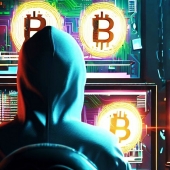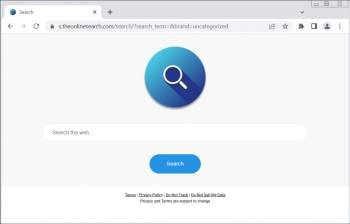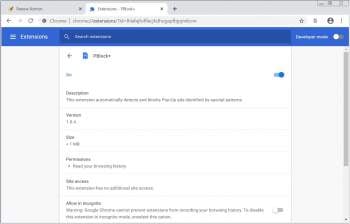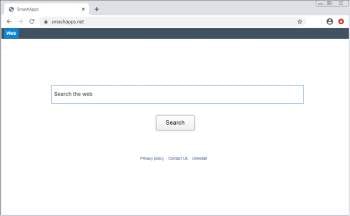-
Ransomware payments reached record $1.1 billion in 2023
Ransomware payments in 2023 soared above $1.1 billion for the first time, shattering previous records and reversing the decline seen in 2022, marking the year as an exceptionally profitable period for ransomware gangs.
- February 07, 2024
- 09:00 AM
 1
1
-
Hawai'i Community College pays ransomware gang to prevent data leak
The Hawaiʻi Community College has admitted that it paid a ransom to ransomware actors to prevent the leaking of stolen data of approximately 28,000 people.
- July 28, 2023
- 09:45 AM
 7
7
-
Clop gang to earn over $75 million from MOVEit extortion attacks
The Clop ransomware gang is expected to earn between $75-100 million from extorting victims of their massive MOVEit data theft campaign.
- July 21, 2023
- 12:34 PM
 3
3
-
Ransomware payments on record-breaking trajectory for 2023
Data from the first half of the year indicates that ransomware activity is on track to break previous records, seeing a rise in the number of payments, both big and small.
- July 12, 2023
- 09:00 AM
 1
1
-
Ransomware now demands extra payment to delete stolen files
A ransomware family has begun a new tactic of not only demanding a ransom for a decryptor but also demanding a second ransom not to publish files stolen in an attack.
- May 13, 2020
- 10:51 AM
 0
0
-
Ransomware Bitcoin Wallet Frozen by UK Court to Recover Ransom
A victim's insurance company convinced the UK courts to freeze a bitcoin wallet containing over $800K worth of a ransomware payment.
- January 28, 2020
- 01:41 PM
 2
2
-
CryptoMix Ransomware Exploits Sick Children to Coerce Payments
With people becoming more aware of ransomware, criminals are coming up with some pretty low life schemes in order to coerce victims into paying ransomware. Such is the case with a CryptoMix ransomware, who pretends to represent a sick children's charity and is asking for a ransom payment as if it was a charitable donation.
- January 09, 2019
- 10:32 AM
 1
1
-
Making a Ransomware Payment? It May Now Violate U.S. Sanctions
Thinking about making a ransomware payment? If so, you may want to think twice before doing so as it could land you in trouble for violating U.S. government sanctions.
- November 30, 2018
- 12:02 PM
 1
1














